Blinking could detect autism, group says
How interested a child with autism is in a social scene can be determined in the blink of an eye, according to research presented yesterday at IMFAR 2010.
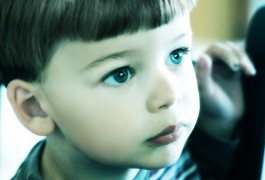
How interested a child with autism is in a social scene can be determined in the blink of an eye, according to research presented yesterday at IMFAR 2010.
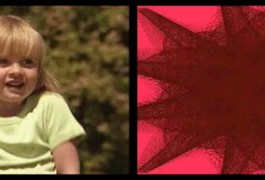
Some children with autism prefer to look at geometric patterns rather than at ‘social’ images of other children — and this tendency is obvious as early as 14 months of age, according to a poster presented today at IMFAR 2010 in Philadelphia.
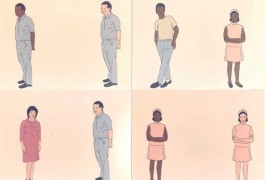
Children with Williams syndrome — a rare genetic disorder that leads to mental retardation and overt friendliness — hold stereotypes based on gender, but not race, according to a report published in Current Biology. Because those with Williams syndrome don’t have social fear, the study suggests racial stereotypes are based partly on fear.
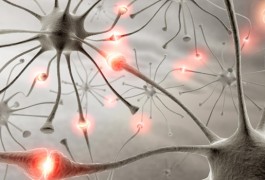
Variations in two genes needed to form connections between brain cells may be associated with autism spectrum disorder, according to a study published 25 March in Molecular Autism. Some variants in the genes seem to increase susceptibility to autism, whereas others protect children from developing the disorder.
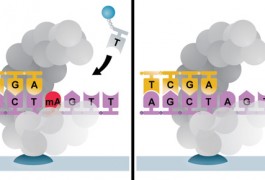
A new technique can simultaneously sequence DNA and pinpoint some of the chemical modifications that turn genes on or off, according to a report published 9 May in Nature Methods. In particular, the technique reveals methyl groups bound to DNA bases.

Mirror neurons, which fire when someone either performs an action or observes it, are not defective in people with autism, scientists report today in Neuron. The findings dispute the theory that flaws in the mirror neuron system give rise to the disorder.
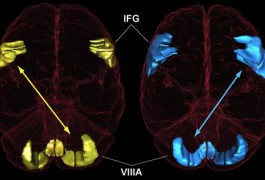
Some brain areas involved in speech are larger and some smaller in children with autism compared with healthy controls, according to a series of imaging studies conducted by a Boston research group.
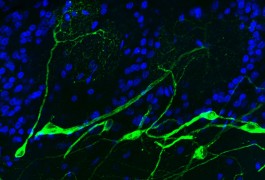
Neuroscientists have discovered a population of cells in the smell-perception area of the rat brain that express the hormone vasopressin. The study, published in Nature, begins to unpack the complicated molecular interactions of the hormone in the brain, which could lead to new autism treatments.
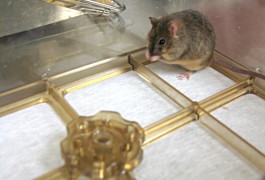
Researchers are tinkering with mouse models to investigate the function of a protein that helps wire neurons together and that has repeatedly been linked to autism. Three such reports of the protein, neuroligin-1, have appeared this year.

Two independent teams have identified the genetic culprits of three rare, inherited diseases by sequencing the genomes of several members of the same family. As the cost of whole-genome sequencing plummets, this family-based approach will reveal candidate genes not just for rare diseases but for common, complex disorders such as autism, experts say.